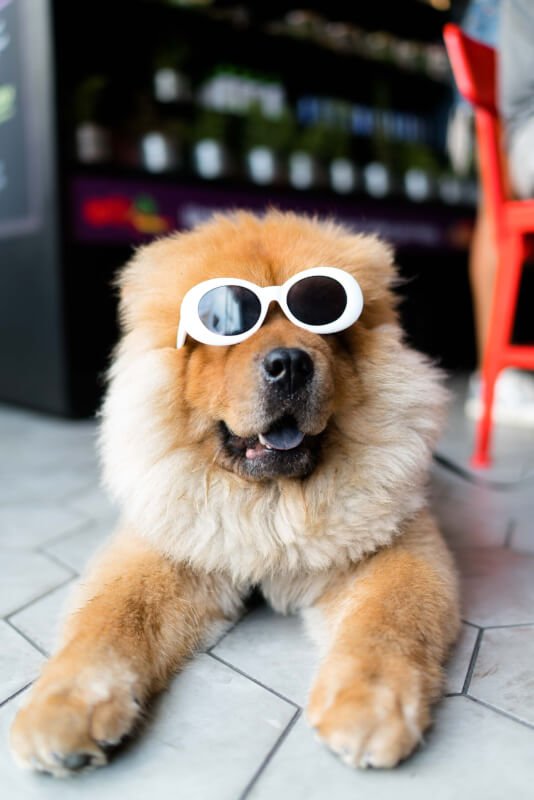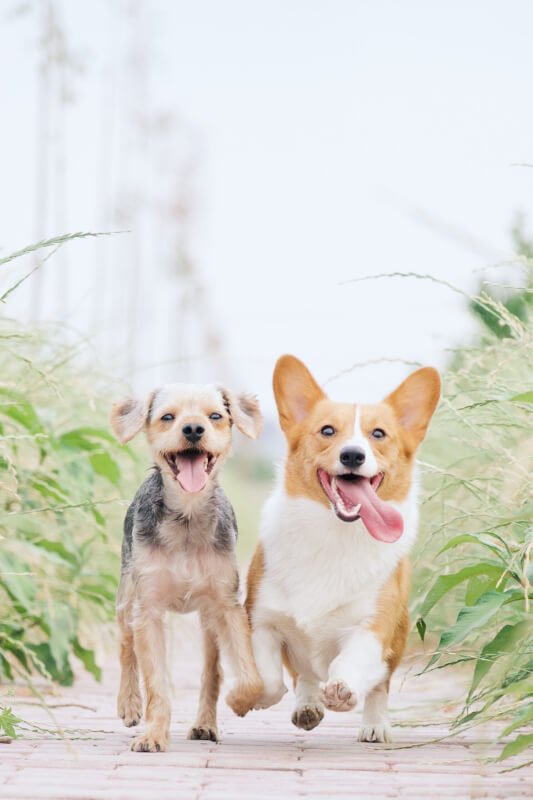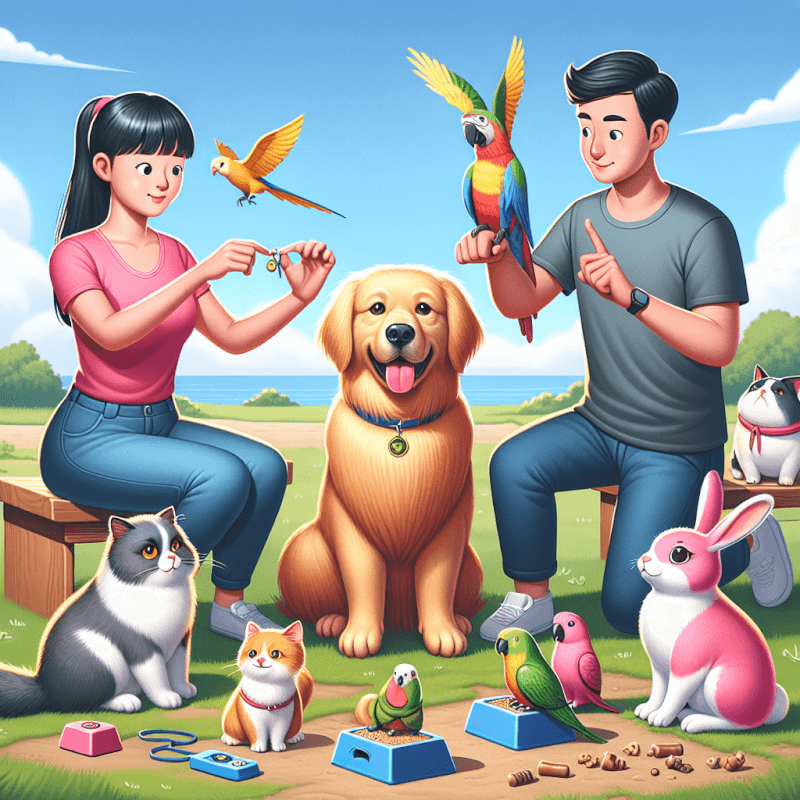Are you struggling to train your beloved pet? Look no further! In this article, we will provide you with a range of helpful and effective pet training tips that are sure to make your furry friend more obedient and well-behaved. Whether you have a mischievous pup or a feisty feline, these tips will help you establish a strong bond with your pet and create a harmonious living environment for both of you. So, get ready to embark on a fun and rewarding journey of pet training!

Basic Training Tips
Setting expectations
When it comes to training your pet, it’s important to set realistic expectations. Remember that every animal is different, and while some may quickly grasp commands, others may take more time. Be patient and understanding throughout the process, and don’t get discouraged if progress is slow. It’s also crucial to recognize that training is an ongoing process, and your pet’s training needs may change as they grow and develop.
Ready for Cat Trivia?
Test your knowledge about cats!

Consistency is key
Consistency is one of the most important aspects of pet training. Establishing a consistent routine and using the same commands and cues will help your pet understand what is expected of them. Consistency also applies to everyone in the household. Ensure that all family members are on the same page and are using the same training methods and commands. This will prevent confusion for your pet and make the training process more effective.
Positive reinforcement
Positive reinforcement is a powerful training technique that can greatly enhance the learning experience for your pet. By rewarding their good behavior with treats, praise, or affection, you are reinforcing their understanding of what is expected. This positive association makes the training process more enjoyable for your pet and strengthens the bond between you. Remember to be generous with your praise and rewards, and avoid harsh punishments or negative reinforcement, as this can be counterproductive and damage the trust between you and your pet.
House Training
Establishing a routine
Establishing a consistent routine is crucial for successful house training. Take your pet outside to their designated potty area frequently, especially after meals and waking up from a nap. When they eliminate in the desired location, praise and reward them to reinforce the behavior. Be patient and understanding during accidents, as they are a natural part of the learning process. By following a consistent routine, your pet will quickly learn where and when to go potty.
Crate training
Crate training can be an effective method for house training your pet. A crate acts as a den for your pet and helps prevent them from eliminating indoors. Ensure the crate is appropriately sized, comfortable, and inviting for your pet. Gradually introduce your pet to the crate, and never use it as a form of punishment. Use positive reinforcement to make the crate a positive and safe space for your pet. Crate training can also be beneficial for keeping your pet safe and secure when unsupervised or during travel.
Accidents and how to handle them
Accidents are inevitable during the house training process, so it’s important to handle them calmly and without punishment. If you catch your pet in the act of eliminating indoors, calmly and gently redirect them to their designated potty area. Clean up accidents with an enzymatic cleaner to remove any lingering scents that may attract your pet to repeat the behavior. Remember to focus on positive reinforcement and consistency to effectively house train your pet.
Leash Training
Choosing the right leash
Choosing the right leash for your pet is essential for successful leash training. Consider the size and strength of your pet when selecting a leash. For larger dogs, opt for a sturdy leash with a comfortable grip. Smaller dogs may benefit from a lightweight and retractable leash. Ensure the leash is the appropriate length for training purposes, allowing your pet some freedom of movement while keeping them under control.
Teaching loose leash walking
Teaching your pet to walk on a loose leash is another important aspect of leash training. Begin by walking your pet in a quiet, low-distraction environment. Hold the leash loosely and offer treats and praise when your pet walks calmly by your side. If your pet pulls or lunges, stop walking and wait for them to calm down before continuing. Consistency and positive reinforcement will help your pet understand that pulling is not rewarded and that walking calmly by your side is the desired behavior.
Dealing with pulling
If your pet tends to pull on the leash, it’s important to address the issue early on. Avoid pulling back or yanking on the leash, as this can exacerbate the problem and potentially injure your pet. Instead, try using a front-clip harness or a head halter to give you more control and discourage pulling. Training exercises such as “heel” and “come” can also help reinforce proper leash manners. With patience and consistency, you can teach your pet to walk politely on a leash.
Obedience Training
Teaching basic commands
Obedience training is the foundation of a well-behaved pet. Start by teaching basic commands such as sit, stay, and come. Use clear and consistent verbal cues along with visual cues such as hand signals to reinforce the commands. Break down each command into simple steps and reward your pet for following through. Practice these commands in various environments with increasing distractions to ensure that your pet can perform them reliably.
Using hand signals
In addition to verbal cues, hand signals can be a valuable tool in training your pet. Dogs, in particular, are highly responsive to visual cues. Pair each hand signal with the corresponding verbal cue and use consistent gestures. For example, raise your hand palm-upwards for the “sit” command. Practice these hand signals during obedience training sessions, gradually phasing out the verbal cues until your pet responds solely to the visual commands.
Advanced obedience training
Once your pet has mastered the basic commands, you can move on to more advanced obedience training. This may include tricks, agility exercises, or specific tasks relevant to your pet’s needs. Advanced training not only provides mental stimulation but also strengthens the bond between you and your pet. Remember to use positive reinforcement, break down complex tasks into manageable steps, and be patient as your pet progresses through each level of training.

Clicker Training
Introduction to clicker training
Clicker training is a popular and effective positive reinforcement technique. It involves using a clicker, a small handheld device that produces a distinct sound, to mark desired behaviors. The clicker serves as a communication tool, signaling to your pet that they have performed the desired behavior and will be rewarded. Clicker training can be used for various types of training, from basic obedience commands to more complex behaviors.
Clicker training techniques
To start clicker training, introduce your pet to the sound of the clicker by associating it with rewards. Click the device and immediately give your pet a treat. Repeat this several times so that your pet understands the connection between the click and the reward. Once your pet is familiar with the clicker, you can begin using it to shape behaviors. Click when your pet performs the desired behavior and follow up with a reward. With consistent practice, your pet will learn to associate the click with positive reinforcement.
Benefits of clicker training
Clicker training offers several benefits for both you and your pet. It enhances communication and promotes understanding between you and your pet. The distinct sound of the clicker allows for precise timing, making it easier to mark and reinforce desired behaviors. Clicker training also encourages creativity and problem-solving in your pet, as they learn to offer behaviors in search of rewards. Additionally, clicker training is based on positive reinforcement, creating a positive and trust-based learning experience for your pet.
Socialization and Behavioral Training
Introducing your pet to new experiences
Socialization is an essential aspect of pet training, particularly for young animals. Expose your pet to a variety of environments, people, and animals from an early age. This will help them become confident and well-adjusted in different situations. Start with controlled introductions and gradually increase the level of exposure. Provide positive reinforcement and rewards when your pet reacts positively to new experiences. Proper socialization can prevent behavioral issues and make your pet more comfortable in different settings.
Dealing with separation anxiety
Separation anxiety can be a common issue for pets, causing distress when they are left alone. To address separation anxiety, gradually desensitize your pet to your departures. Start with short periods of time apart and gradually increase the duration. Provide your pet with engaging toys and activities to keep them occupied while you’re away. Creating a calm and predictable routine can also help ease their anxiety. In severe cases, it may be necessary to seek professional help or consult with a veterinarian.
Correcting common behavioral issues
Behavioral issues such as excessive barking, jumping, and chewing can be challenging to address. It’s important to remember that these behaviors often stem from boredom, anxiety, or a lack of exercise. Provide mental and physical stimulation for your pet through interactive toys, enrichment activities, and regular exercise. Redirect unwanted behaviors and reward desirable ones. Consistency, patience, and positive reinforcement are key to correcting common behavioral issues.

Training Different Types of Pets
Training dogs
Dogs are highly trainable and versatile pets. They can be trained in various areas, including obedience, agility, and specialized tasks such as search and rescue or therapy work. Positive reinforcement, consistency, and patience are crucial when training dogs. Understanding their breed characteristics and tailoring the training methods accordingly can also enhance the training experience.
Training cats
While cats may be more independent than dogs, they can still be trained to some extent. Cats can learn commands, tricks, and even use a litter box through positive reinforcement training. Utilizing treats, toys, and clicker training can make the training sessions engaging and rewarding for cats.
Training birds
Training birds can be a rewarding and fascinating experience. Repetition, consistency, and positive reinforcement are important for training birds to perform tricks or follow simple commands. Birds respond well to treats and praise, and gradual steps should be taken to ensure their comfort and progress.
Training small mammals
Small mammals, such as rabbits, guinea pigs, and ferrets, can also be trained. Target training, using a stick or your finger as a target, can be an effective method for teaching small mammals to come when called or perform simple tricks. Patience, gentle handling, and rewards are essential when training small mammals.
Training reptiles
While reptiles may not exhibit the same level of trainability as other pets, they can still be conditioned to respond to certain cues. Training reptiles typically involves using their natural behaviors and instincts to guide them. For example, conditioning a reptile to move towards a target stick for feeding purposes. It’s important to prioritize the safety and well-being of the reptile during training.
Training for Specific Purposes
Service animal training
Training a service animal involves specific tasks and behaviors tailored to assist individuals with disabilities. These tasks may include guiding the visually impaired, alerting to sounds, or providing support for mobility. Service animal training requires professional guidance and specialized techniques to ensure the animal’s reliability and the person’s safety.
Therapy animal training
Therapy animals provide comfort and companionship to individuals in various settings, such as hospitals, schools, or nursing homes. Training for therapy animals focuses on socialization, obedience, and calm behavior in different environments. Certification or registration may be required for therapy animal work.
Agility training
Agility training is a fun and physically demanding activity for both you and your pet. It involves completing an obstacle course with speed and precision. Training for agility includes teaching your pet to navigate various obstacles, such as jumps, tunnels, and weave poles. Positive reinforcement, consistency, and patience are important when training for agility.

Avoiding Training Mistakes
Using punishment sparingly
Punishment should be used sparingly and with caution during training. Harsh punishments can create fear and anxiety in your pet, damaging trust and hindering the learning process. Instead, focus on positive reinforcement and redirection. Rewarding desired behaviors is more effective in shaping your pet’s behavior in the long run.
Being patient and persistent
Training takes time and patience. Avoid getting frustrated or giving up if progress is slow. Each pet learns at their own pace, and consistency is key. Be persistent in your training efforts, and celebrate even the smallest achievements. With time, dedication, and a positive attitude, you will see progress in your pet’s training.
Avoiding inconsistent training methods
Consistency is vital in training your pet. Avoid using inconsistent training methods or sending mixed signals. Stick to the same commands, cues, and rewards throughout the training process. This consistency will help your pet understand what is expected of them and prevent confusion.
Seeking Professional Help
Knowing when to consult a professional trainer
There may be instances where seeking professional help is necessary for your pet’s training. If you encounter significant behavior problems or struggle to make progress on your own, it may be beneficial to consult a professional trainer. They can assess the situation, provide guidance, and develop a customized training plan for your pet.
How to find a qualified trainer
Finding a qualified trainer is important to ensure effective and ethical training methods. Seek recommendations from trusted sources, such as veterinarians or animal shelters. Look for trainers who have relevant certifications, experience, and a positive training philosophy. Meet with potential trainers to discuss their training techniques, approach, and compatibility with your goals.
What to expect during training sessions
During training sessions with a professional trainer, you can expect a structured and organized approach to training. The trainer will assess your pet’s behavior, provide guidance on techniques to address specific issues, and develop a training plan tailored to your pet’s needs. Training sessions may involve demonstrations, hands-on practice, and ongoing support from the trainer.
In conclusion, training your pet is a journey that requires patience, consistency, and positive reinforcement. Establishing a routine, using the right techniques, and seeking professional help when needed can help you develop a well-behaved and happy companion. Remember to set realistic expectations, stay persistent, and always prioritize the bond between you and your pet. With love, understanding, and proper training, you can create a harmonious and fulfilling relationship with your furry or feathered friend.



